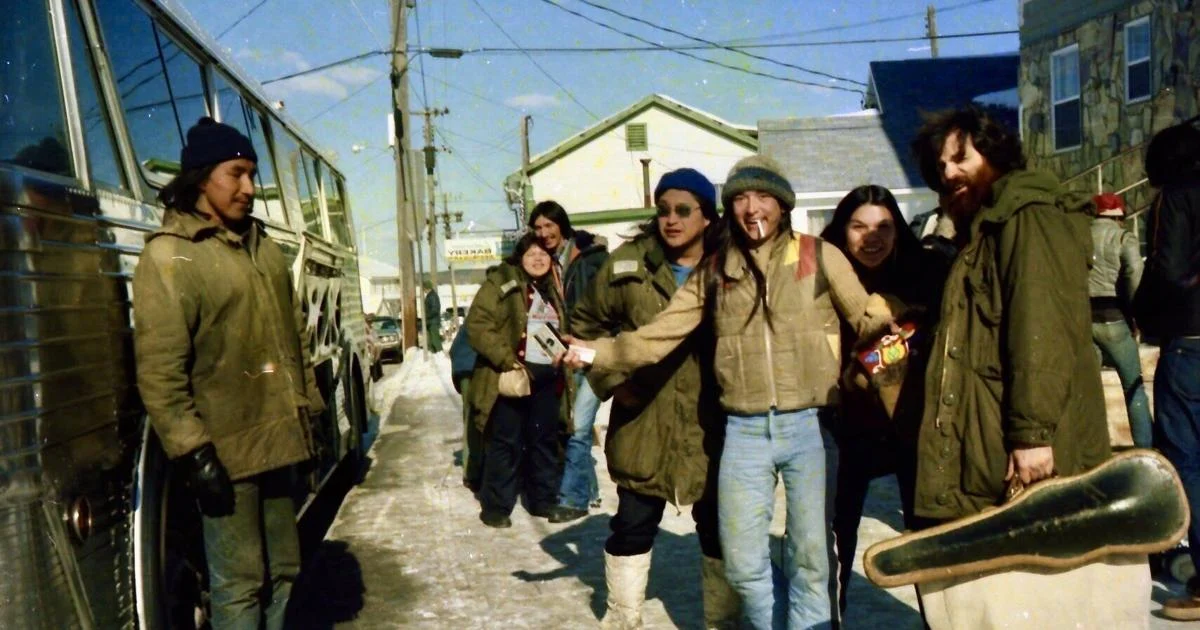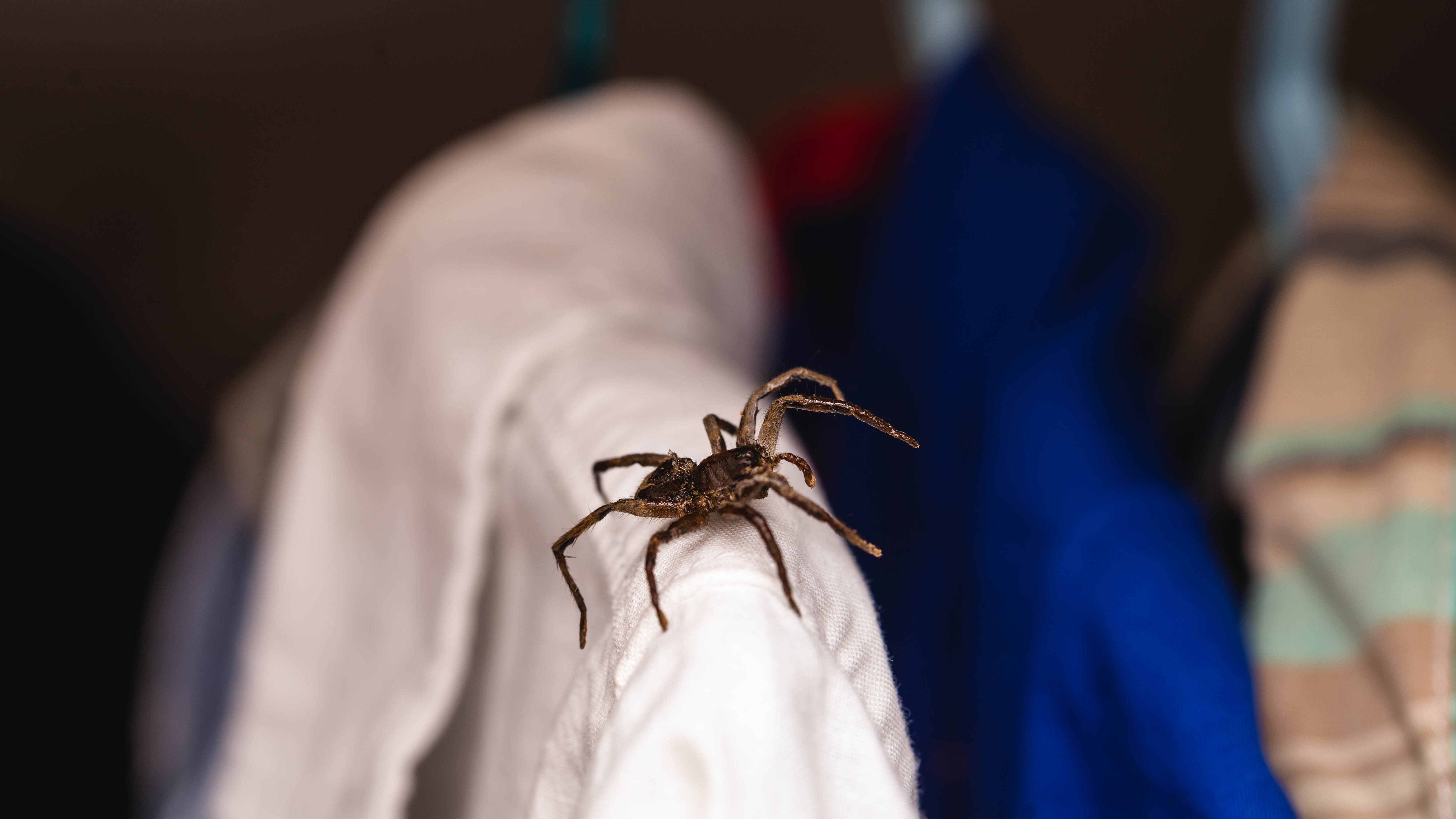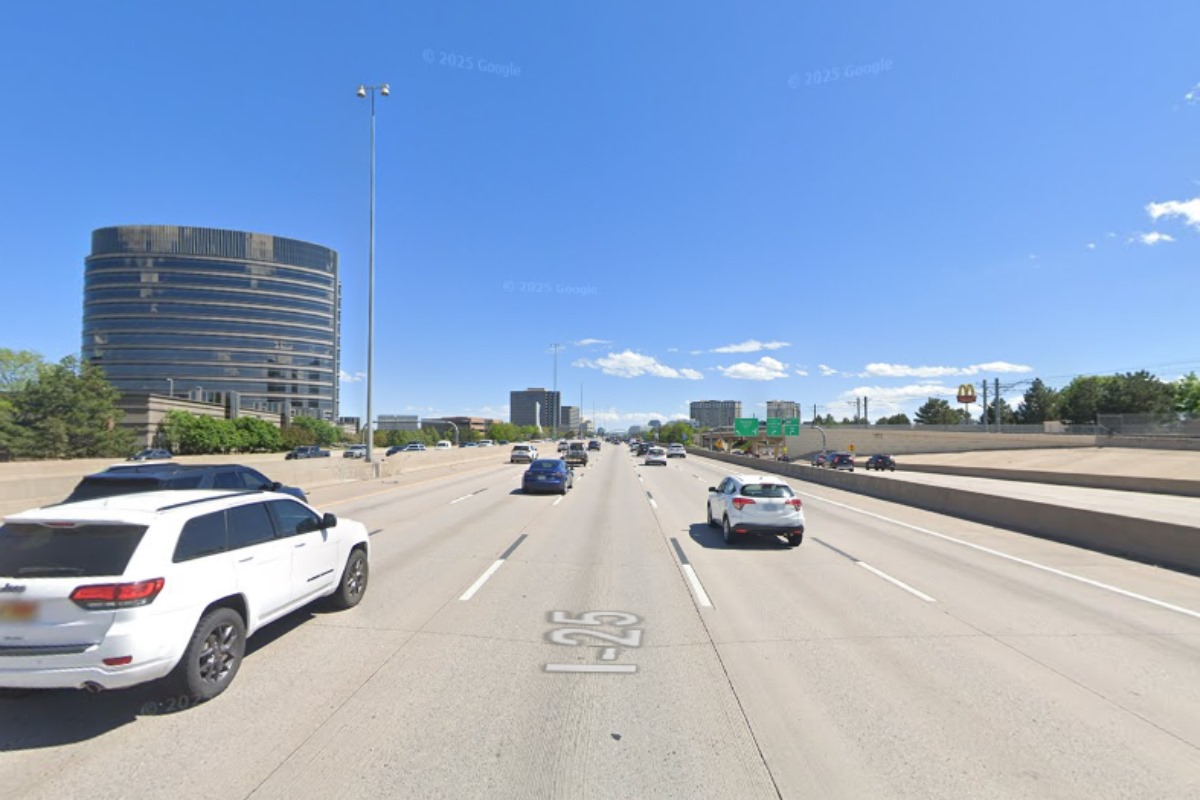Copyright thestar

Back in 1975, I was hitchhiking in Hamilton when a robin’s-egg blue Cadillac convertible pulled over. I instantly recognized the big man behind the wheel as Kelly Jay, frontman of the rock band Crowbar. Kelly was large in both body and spirit: within minutes, he’d invited me to drop by his home, the infamous Bad Manors farmhouse in Ancaster. Kelly was a collector of people: rock musicians, lost souls, space cadets, cute girls and artists. There were always a few hangers-on too — I was perhaps one myself. An aspiring actor and playwright, at 25, I was underemployed but ambitious. Among the parade of new faces, one guy stood out. To describe him as handsome would be a vast understatement: lithe, graceful, animated, you couldn’t take your eyes off him. He told me he’d just come back from doing sound for The Good Brothers. He confessed wryly, that he needed to “dry out.” This was my introduction to Graham Greene. Soon after, I convinced my new friend to meet with Keith Turnbull, who was directing me in “Wacousta!,” a play about the War of 1812. The NDWT theatre company needed “native” actors. Graham was hired on the spot. In January 1976, Graham and I roomed together during the “Wacousta!” workshop in London, Ont. When I say we roomed together, I mean we roomed together. We had a cavernous, drafty room on the second floor of the CP Hotel. The beds sagged like hammocks and when one of us rolled over, it sounded like Godzilla tramping through a scrap metal yard. This sad-sack joint was in no way connected with the Canadian Pacific Hotel chain. (Chateau Frontenac, Banff Springs? More like Effluent on Tap.) The CP Hotel was a rundown beer parlour by the railroad tracks and had once been an inn of sorts — it was known in the local vernacular as “The Seeps.” Even in our foolhardy days of youthful immortality, we never ate there — pickled eggs and kolbassa notwithstanding. The management had almost forgotten they had rooms to rent and when we’d go to pay, they often asked what the money was for. That’s where I got the full experience of Graham’s comedic gifts. We’d come back from rehearsals, down a few beers in the pub and retire to our room. After a few tokes, Graham would get on a roll, telling stories from his home on the Res, Oshweken. He’d bring characters to life so vividly, I felt I’d known them forever. One memorable persona was Barney the Inept Mechanic. More than once, I had to beg Graham to stop because I was laughing so hard my stomach ached. My mirth muscles were sprained! One night, nearly a foot and a half of snow fell on London and the city was completely paralyzed. Some militia wizard decided to let the local army cadets loose on the streets in armoured vehicles. They proceeded to crush dozens of cars that were buried under the snow. Somehow, we made it back to the Seeps on foot. The place was overflowing with regular customers who couldn’t get home and were now searching for somewhere to crash. In the wee hours, Graham and I found the actor Gary Farmer fast asleep in his room in a sway-backed cot. A single dim light bulb hung on a cord, swinging in the breeze from the leaky window as tiny snowflakes fell indoors. Oh, for a camera! In 1977, NDWT created a touring production with a distinctly Indigenous component. I was company manager and a writer, later an actor. We put on shows in Ontario towns like Kenora, Thunder Bay and Fort Frances, but the most important part of the venture took place in remote reserves, villages far removed from the highways. In our second year, Graham came on board for “Radio Free C.R.E.E.,” a play based on the local one-watt radio stations that were being created across the northern reserves. We flew in Single Otters and Twin Otters across James Bay, northern Ontario and Manitoba. These reserves were accessible only by plane or winter ice roads: Wunnimun Lake, Pikangikum, Muskrat Dam and many more. After we landed on the frozen lakes in our bush plane on skis, we were met by a flotilla of snowmobiles that ferried us — cast, crew and gear — to the venue, which was a band hall or a gym. Everyone in town turned out, like we were the Royal Family. There was no denying that Graham, with his easygoing charisma was the star. During the show in Fort Hope, a gaggle of kids avidly watched him play the spoons. Suddenly, they melted away, only to turn up shortly thereafter with plastic spoons liberated from the community kitchen. It wasn’t a glamorous tour. When we were in the fly-in communities, there were no hotels or restaurants. We brought in food staples: peanut butter, rice, bland white bread. Boring! At night, Doris Linklater, who played the Cree-speaking kokum (grandmother), made bannock. We’d slice strips of meat from the frozen game and fry it in butter and garlic. Heaven! Poor David Papazian, our intrepid fiddler, tried to stick to his vegetarian diet but hard-boiled eggs and limp cabbage from the Hudson Bay store just weren’t enough. Watching us chow down after a long day, he tossed his sad old carrot and cried “Gimme some of that meat!” You needed calories — and grit — to survive in that world. In the years that followed, Graham continued to act, but he occasionally worked other jobs, including as a welder. He made a handsome door knocker for me which I still have. In 1990, his career took off with “Dances With Wolves” and never touched back down. Graham’s legacy is grounded in decades of trail-blazing accomplishments as a working actor in theatre, film and television. He was a hardworking and talented professional: a gentleman with a spine! Graham made friends wherever he went. I remember how Graham didn’t just break into a smile — he inhabited it. His body would suddenly lurch and contort, he’d raise his shoulders, his eyes would bug out and his eyebrows would arch, as if he’d just had a pleasurable electrical shock. Then would follow the timely one-liner and a throaty laugh. If he had never become as famous as he deservedly was, I would still write this appreciation in Graham’s memory. RIP Brother.



